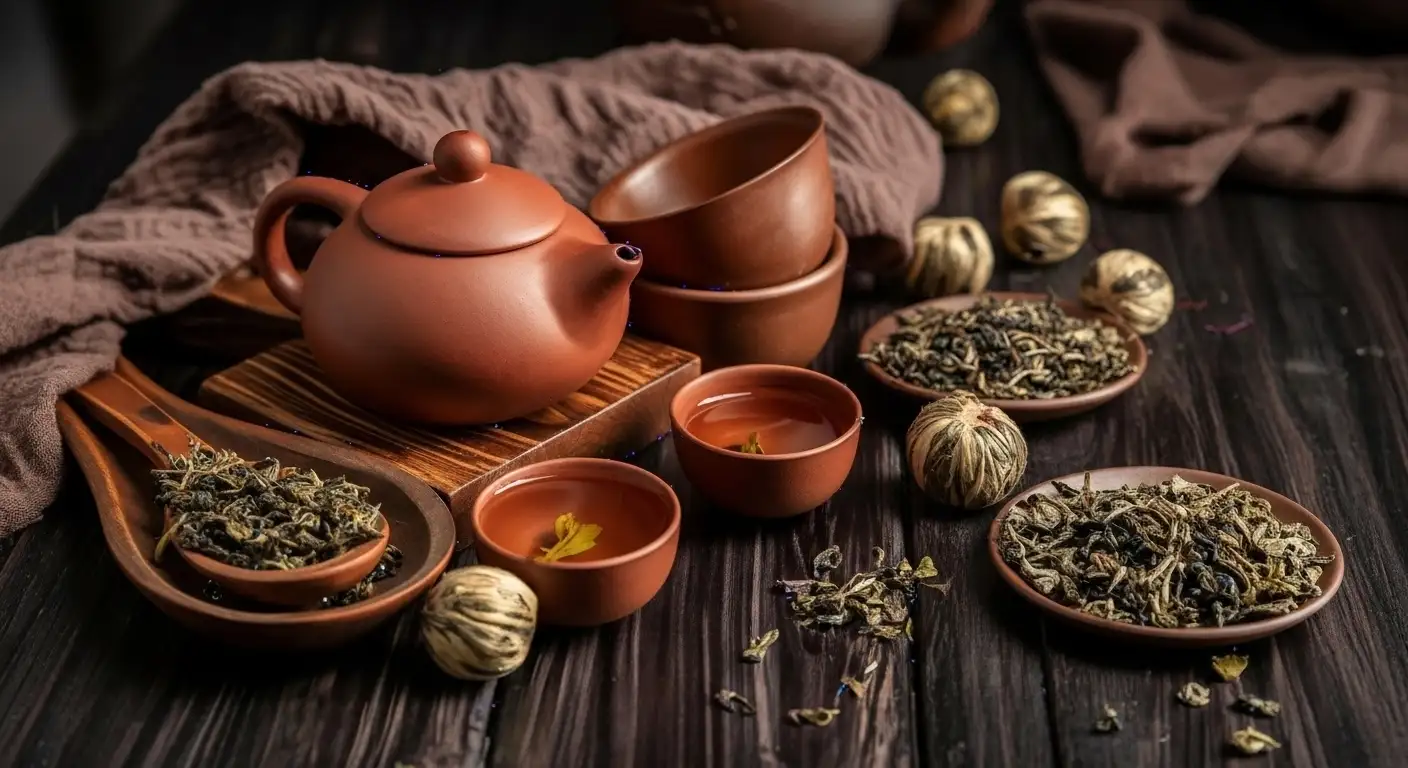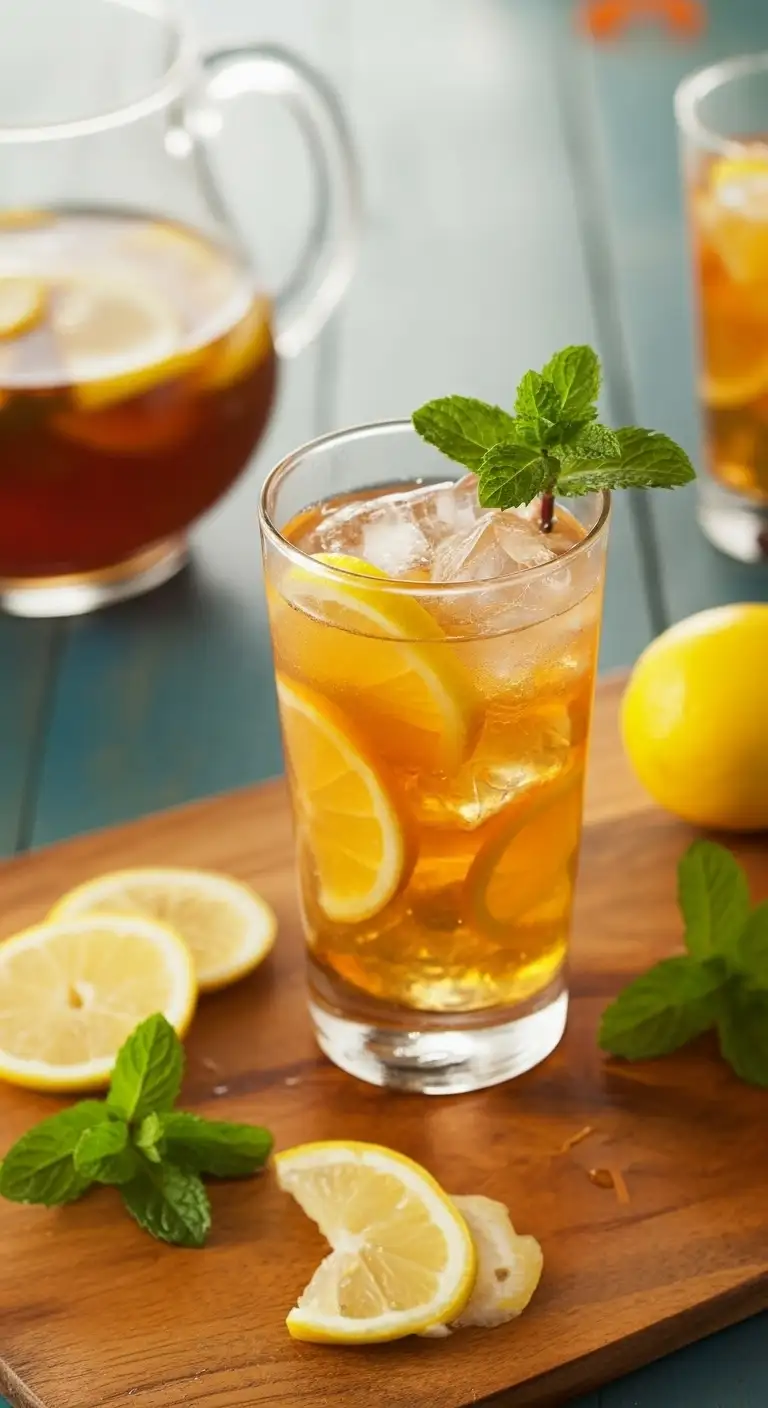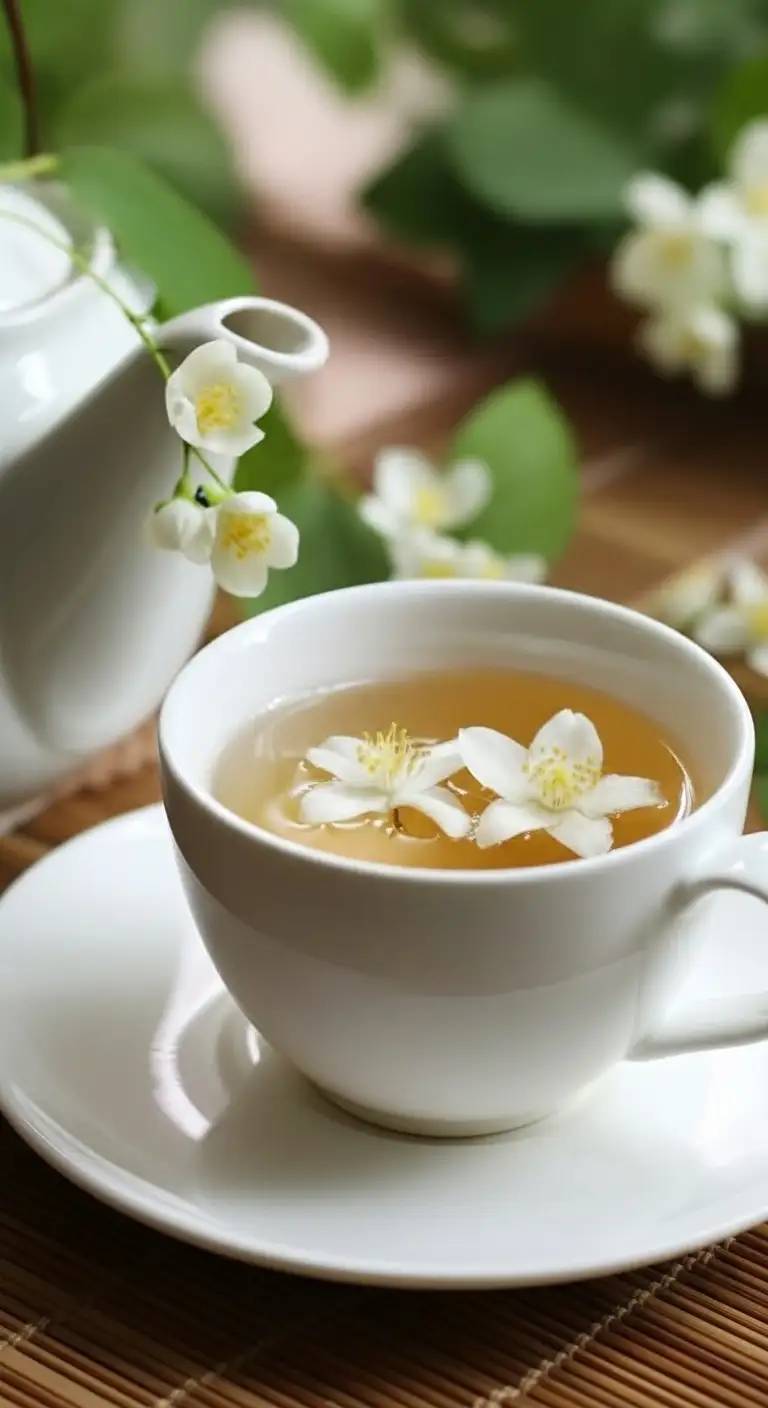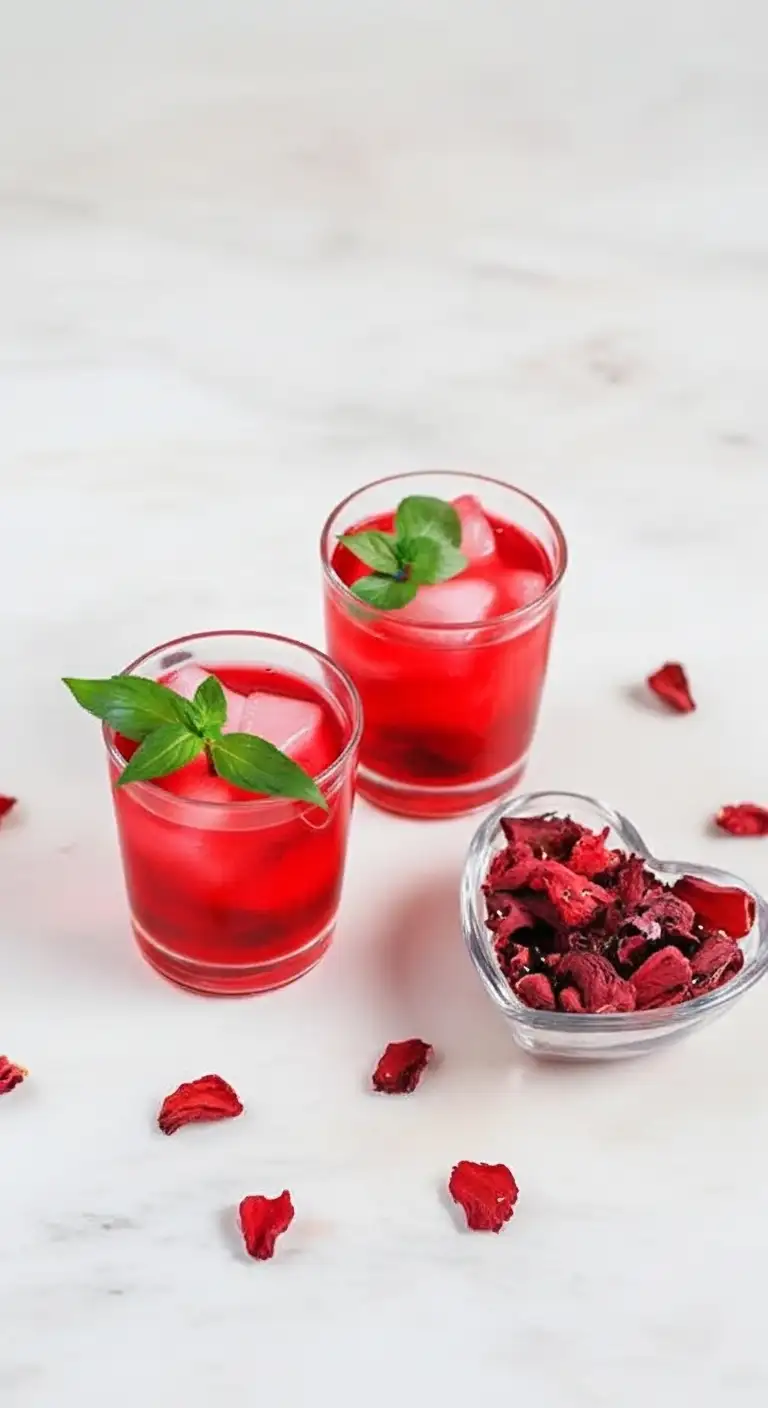Trà (pronounced Cha), the Vietnamese word for tea, is more than just a beverage—it’s an integral part of the nation’s social fabric, deeply woven into everyday life, hospitality, and traditional ceremonies. From the communal act of sharing a hot pot in the North to the ubiquitous iced tea (Trà Đá) found on every street corner in the South, Trà reflects Vietnam’s regional diversity and rich agricultural history.
Basic Information on Trà (Vietnamese Tea)
What is Trà?
Trà refers to any drink made by steeping cured leaves of the tea plant (Camellia sinensis). However, in the context of Vietnamese culture, it often specifically refers to Green Tea (Trà Xanh) or various scented/herbal teas.
The Ritual: Unlike the elaborate, formal rituals of some other Asian countries, Vietnamese tea culture is generally more informal and communal, focused on conversation and hospitality. It’s customary to serve a guest a cup of hot Trà as a welcoming gesture.
The Flavor Profile:
Vietnamese green tea, particularly the highly-prized varieties from Thái Nguyên, is known for its robust, initially bitter taste that quickly transforms into a deep, lingering sweetness in the back of the throat. This bitterness is often preferred by traditional drinkers.
Two Forms of Consumption:
Hot Tea (Trà Nóng): Served in small, traditional ceramic cups, often steeped multiple times. Reserved for formal gatherings, family meals, or cooler Northern weather.
Iced Tea (Trà Đá): A cultural staple. It is a light, unsweetened or very lightly sweetened tea (often green or jasmine-based) poured over a large amount of ice. It is frequently offered for free at restaurants and street food stalls.
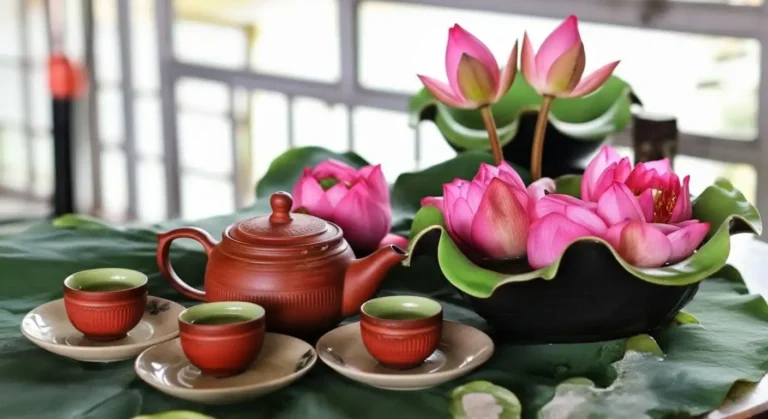
Varieties of Trà (Vietnamese Tea Drinks)
Vietnamese Trà encompasses pure teas, scented teas, and a wide array of herbal infusions:
Trà Xanh (Green Tea):
The most consumed and iconic type, especially Trà Thái Nguyên. It is potent and fresh, often sold as loose, gently rolled leaves. In the North, fresh tea leaves (Chè Lá Tươi) are sometimes boiled to make a simple, fresh brew.
Trà Sen (Lotus Tea):
A national specialty and a luxury item. High-quality green tea leaves are carefully scented by placing them inside a lotus flower overnight to absorb its delicate, sweet aroma. It is often reserved for special occasions and New Year (Tết).
Trà Lài (Jasmine Tea):
Highly fragrant and less formal than Lotus Tea. It’s extremely popular in Southern cafes and is frequently served as the base for Trà Đá or as a refreshing chaser after Vietnamese iced coffee.
Trà Sâm Dứa (Pandan-Pineapple Tea):
A unique blend from Central and Southern Vietnam, combining green tea with the fragrant leaves of the pandan plant, sometimes jasmine, and other herbs to create a distinctly aromatic, sweet, and tropical flavor.
Trà Atiso (Artichoke Tea):
An herbal tea made from the leaves and flowers of the artichoke plant, highly popular in the Central Highlands (like Đà Lạt). It is prized for its cooling properties and mild, slightly sweet taste.
How to Drink Trà
The method of drinking Trà is highly dependent on the setting and the region:
Communal Hot Tea (Traditional):
A small teapot (ấm tích) of highly concentrated hot green tea is placed at the center of the table, often nested in a warming basket. The tea is poured into tiny cups without handles. The tea is strong and bitter, intended to be sipped slowly while chatting, with multiple infusions drawn from the same leaves.
Trà Đá (The Street Staple):
At a street vendor or local eatery, Trà Đá is served instantly in a tall glass with ice. There is no ritual; it is simply a refreshing, often free, accompaniment to a meal or a cheap, necessary cooling-off drink in the heat. It is meant to be drunk quickly and is often diluted.
Trà Chanh (Lime Iced Tea):
A youth favorite, particularly in Hanoi. It is often a mixture of brewed tea (green or oolong), fresh lime juice, and sugar, served cold. It is typically enjoyed on low plastic stools on the sidewalk—a classic urban socializing experience.
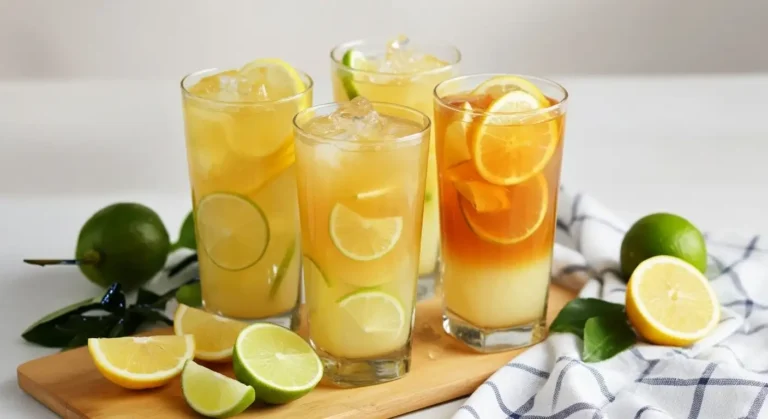
Regional Differences in Trà Culture
Tea culture differs significantly as one travels from the cool, ancient tea-growing mountains of the North to the hot, tropical lowlands of the South.
| Region | Primary Form of Trà & Flavor Note | Signature Varieties | Cultural Significance |
|---|---|---|---|
| North (Hanoi, Thái Nguyên) | Hot & Concentrated. Strong preference for unadulterated, bitter-to-sweet Green Tea (Trà Xanh). | Trà Thái Nguyên, Trà Sen, Trà Sấu (Lotus Tea, Scented Tea). | Traditional & Ceremonial. Tea drinking is a conservative, reflective practice, often focused on purity of flavor and quality of the leaves. Hot tea is the default. |
| Central (Huế, Đà Lạt) | Herbal & Aromatic. Features unique local herbal infusions influenced by the temperate climate. | Trà Sâm Dứa, Trà Atiso (Pandan Tea, Artichoke Tea). | Slightly more reserved than the South. The culture incorporates local, health-conscious herbal teas from the Central Highlands. |
| South (Saigon/Mekong Delta) | Iced & Scented. Preference for light, floral, and highly diluted iced tea with a touch of sweetness. | Trà Đá (Iced Tea) made with Jasmine Tea (Trà Lài). | Ubiquitous & Social. Trà Đá is a mass-market, fast, and constantly refreshed drink. Tea culture is practical, cooling, and often served free as a gesture of hospitality. |
